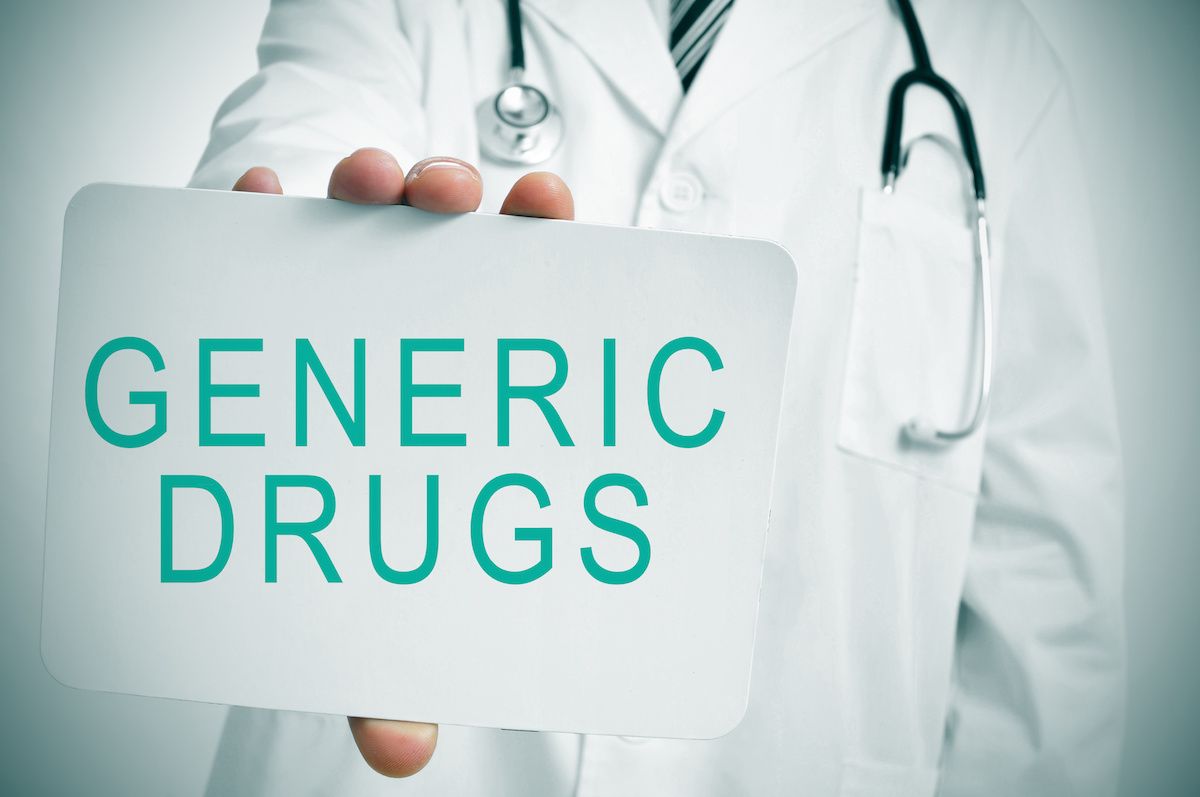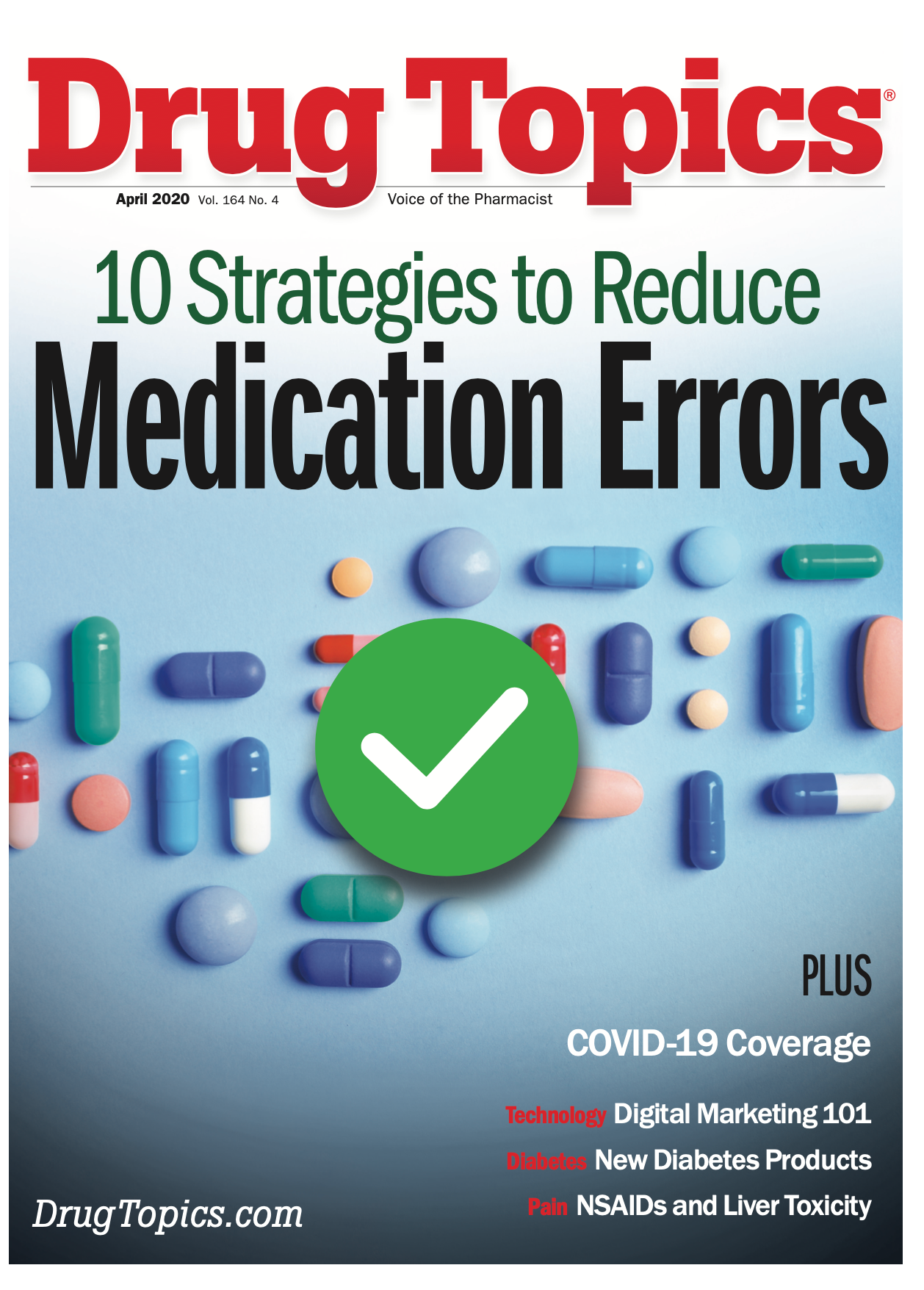Barriers Coming Down for Complex Generic Drug Products
This year may mark a dramatic difference in the development and approval of complex generic drug products.

This year may mark a dramatic difference in the development and approval of complex generic drug products. On February 24, 2020, the FDA approved the first generic of albuterol sulfate (ProAir HFA), an inhalation aerosol for the treatment or prevention of bronchospasm in patients 4 years of age and older with reversible obstructive airway disease, and the prevention of exercise-induced bronchospasm in patients 4 years of age and older. This approval marked a milestone by allowing a new generic for one of the most commonly used rescue inhalers in the country.1
A complex generic drug product such as this one historically has been difficult to get approved because of the complex formulation or mode of delivery. Today, many complex drugs lack generic competition, even though exclusivities no longer block their approval. However, the FDA now is taking new steps to further facilitate complex generic drug product availability and to assist the generic pharmaceutical industry with identifying the most appropriate methodology for developing complex drug products.2
The FDA regularly posts and revises Product-Specific Guidances (PSG) and is prioritizing complex generic products. It has started new initiatives to ensure the regulatory requirements for complex generic drugs are streamlined, predictable, and science based. The goals of the initiatives are to help reduce the time, uncertainty, and cost of complex generic drug product development.3
Developing More Generic Topical Dermatological Drug Products
The FDA is collaborating with international researchers to evaluate a new method for monitoring the amount of a topical drug in the dermis. This new method for measuring the concentration of drugs in the skin may help drug developers determine whether proposed generic versions of drugs applied to the skin perform as well as their brand name equivalents.4
Currently under study are a generic acyclovir (Zovirax) cream, complex injectables, implants, formulations and nanomaterials complex mixtures, and nasal locally acting products. Another area under investigation is abuse-deterrent opioid drug products. Markham C. Luke, MD, PhD, who is the director of Division of Therapeutic Performance in the Office of Research and Standards at the FDA, said his office is looking at developing new generic, abuse-deterrent opioid drug products and has recently issued a guidance paper on it. “We are actually doing some of those trials ourselves to see how feasible they are,” Luke told Drug Topics®. “The opioid epidemic is a big public health issue, and so we are very mindful that there is a need for not just abuse deterrent opioids, but generic formulations for treatments for opioid abuse as well.”
In 2019, there were 1014 approved or tentatively approved Abbreviated New Drug Applications and 107 first generic drugs approved, according to the 2019 Office of Generic Drugs Annual Report. It shows that 110 complex generic drugs were approved, which was 11% of the generic drug product approvals in 2019.
Bob Lobo, PharmD, who is director of clinical programs at Vanderbilt University Medical Center, Nashville, Tennessee, said there is a great unmet need for less expensive, generic versions of complex medications. “Significant savings to payers and the federal government from approving more generic versions of complex medications could be realized,” said Lobo. He cited a recent study on the economic burden associated with extended-release (ER) versus immediate-release (IR) formulations among Medicare and Medicaid beneficiaries. The study identified a potential annual cost savings of $2.6 billion by switching certain ER drugs to comparable generic IR formulations.5 This study only looked at 20 ER oral medications, but it suggests that the annual savings from greater access to generic medications are quite significant.
“I applaud the ongoing efforts by the FDA to help to create innovative new pathways for generic versions of complex branded products, as this will serve to improve access to a large number of important medications. These efforts will likely benefit our patients and reduce the cost to the patient and the health care systems providing these medications,” Lobo told Drug Topics®.
References:
1. FDA approves first generic of ProAir HFA [news release]. FDA’s website. https://www.fda.gov/news-events/press-announcements/fda-approves-first-generic-proair-hfa. Accessed February 24, 2020.
2. FDA. 2019 Office of Generic Drug Annual Report. Last updated: February 19, 2020. https://www.fda.gov/drugs/generic-drugs/2019-office-generic-drugs-annual-report. Accessed February 24, 2020.
3. FDA. Product-Specific Guidances for Drug Development. Last updated: March 4, 2020. https://www.fda.gov/drugs/guidances-drugs/product-specific-guidances-generic-drug-development. Accessed February 26, 2020.
4. FDA. Impact Story: Developing New Ways To Evaluate Bioequivalence for Topical Drugs. Last Updated: September 22, 2017. https://www.fda.gov/drugs/regulatory-science-action/impact-story-developing-new-ways-evaluate-bioequivalence-topical-drugs. Accessed February 24, 2020.
5. Sumarsono A, Sumarsono N, Sandeep DR. Economic burden associated with extende-release vs immediate-release drug formulation among Medicare art D and Medicaid beneficiaries. JAMA Network Open. 2020. JAMA Netw Open. 2020;3(2):e200181.

Study: Antibiotic Prescriptions for Children Drop Significantly Amid Pandemic
July 26th 2021A new study published in Pediatrics showed a decrease in prescription drug dispensing for children during the COVID-19 pandemic, including for infection-related medicines and chronic disease treatments.